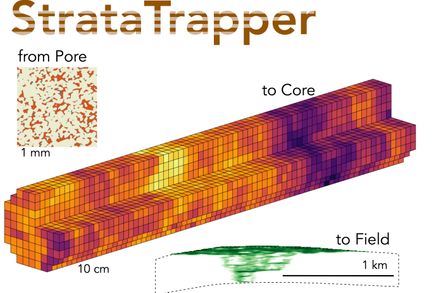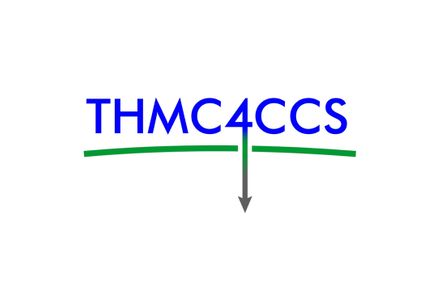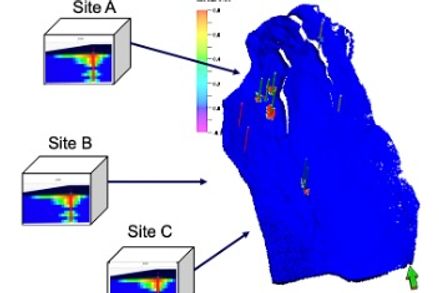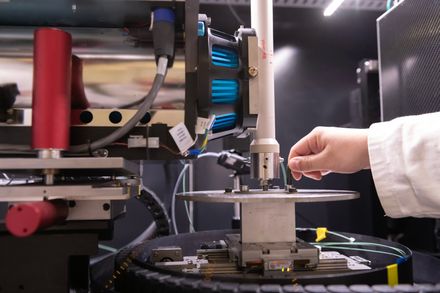BibTex format
@article{Andrews:2023:10.1016/j.fuel.2022.126155,
author = {Andrews, E and Muggeridge, A and Jones, A and Krevor, S},
doi = {10.1016/j.fuel.2022.126155},
journal = {Fuel: the science and technology of fuel and energy},
pages = {1--15},
title = {Pore structure and wetting alteration combine to produce the low salinity effect on oil production},
url = {http://dx.doi.org/10.1016/j.fuel.2022.126155},
volume = {332},
year = {2023}
}





